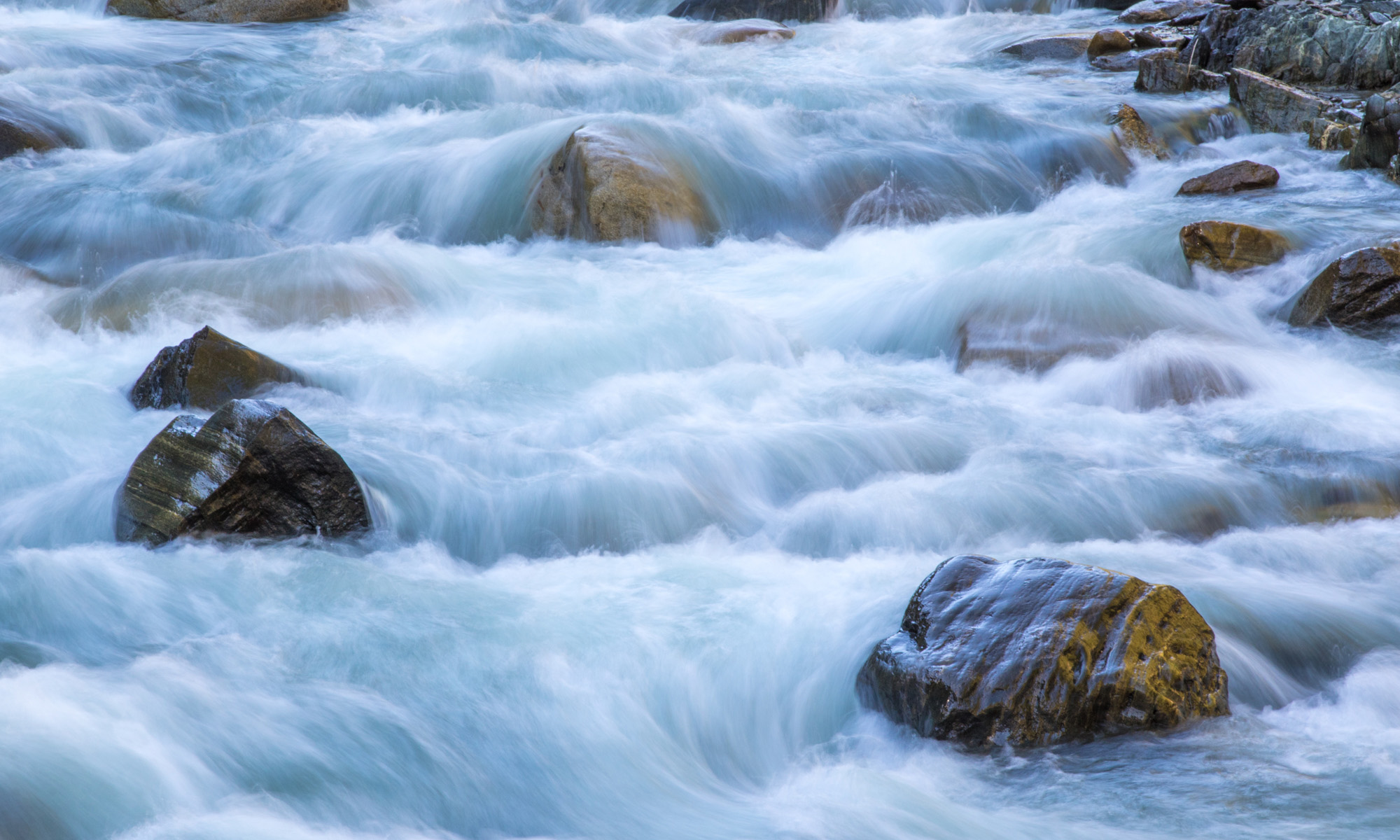Today’s Question: I got a marketing email promoting a new release of the Nik Collection of plug-ins, now from DxO. I can’t find any information on new features for the plug-ins that are included in this collection. Have you had a chance to look at these, and if so share whether it is worth the upgrade?
Tim’s Quick Answer: I have to say that I am disappointed in this upgrade to the DxO Nik Collection, in that it only adds one new plug-in, without any substantive updates to any of the existing plug-ins in the collection. I do not recommend paying for the upgrade.
More Detail: Many readers are aware that I had been a big fan of the Nik Collection, and I still am a fan of a couple of the plug-ins in this set. However, there have been very few updates of any significance, in my opinion, since the collection was acquired by DxO.
The major addition included with this update to the Nik Collection is Perspective Efex. I consider this to be a high-quality plug-in that is able to provide great perspective corrections for photos. However, I don’t feel it is any better than the Guided Edit for perspective correction that is included in Lightroom Classic and Adobe Camera Raw (and by extension, included in Photoshop).
The Miniature effect available in Perspective Efex enables you to create a miniaturization effect that mimics what can be achieved with a tilt-shift lens. But you can achieve an equally good effect with the Tilt-Shift blur filter in Photoshop. A similar effect can be created in Lightroom Classic with a combination of Graduated Filter adjustments.
There are a handful of other new features included with this update to the Nik Collection from DxO. However, considering the existing plug-ins haven’t been updated with new features, and only one new plug-in has been added, I don’t consider this upgrade to be worth the price.
If you have not previously used the Nik Collection, it is still worth considering this package as a new purchase. However, with the lack of any significant updates to the plug-ins included in the Nik Collection, I can’t recommend such a purchase all that highly. I still think Silver Efex Pro (for creating black and white images) and Analog Efex Pro (for simulating analog film effects) are excellent. Sharpener Pro is very good, especially for photographers who are not comfortable with sharpening. And HDR Efex Pro is good, but I would say that Aurora HDR from Skylum Software is a better choice at this point.
I would love to see DxO release a significant update to this entire collection of plug-ins, several of which had been among the top tools I would recommend. Until then, I recommend considering other options first.

